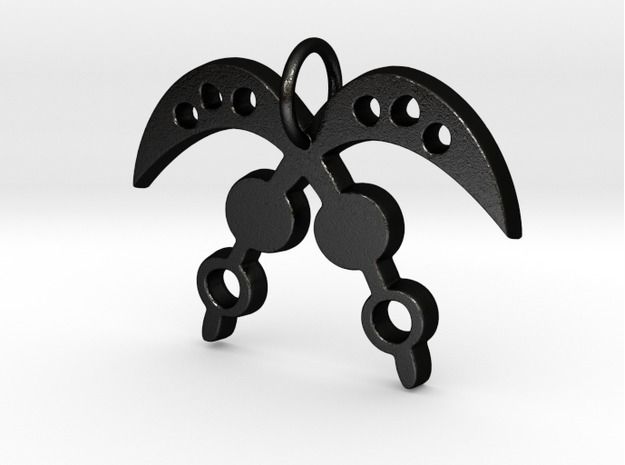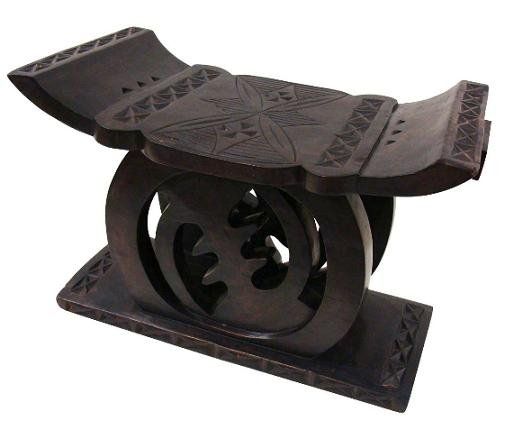Traditional Symbols are key elements of representation in Ghana and the African continent at large. It’s a tool used to identify group of people, places and values or perceptions. One of the commonest Ghanaian traditional symbols are the Adinkra Symbols. The Adinkra Symbols are ancient designs used to express the values, norms and beliefs of the Akan people. It also represents some famous aphorisms of kings, queens, chiefs and elders in the Akan settings. Adinkra Symbols are pictorial cyphers that capture evocative messages that are communicated through traditional wisdom, philosophical thoughts, ideas or factions of life or the environment.

The name “Adinkra” is a corruption of an Akan word “Dinkra” which literally means “to be separated”, “taking leave” or “farewell”. The background of the famous Adinkra Symbol is traced down memory lane to a medieval Akan State occupied by the Bono people, in a town called Gyaman in the recently carved Bono Region of Ghana. King Nana Kwadwo Agyemang Dinkra originally fashioned or designed these symbols and named it after himself ‘Dinkra‘. The Adinkra symbols were basically designed on pottery, stools, clothes etc. by the people of Bono.
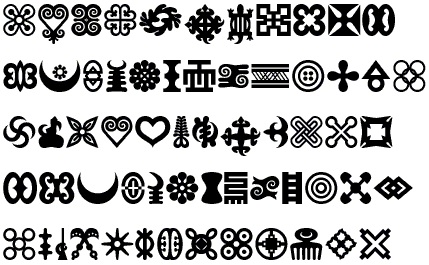
The Adinkra cloth was first worn by the King of Gyaman, and its usage spread from Bono Gyaman to Asante and other Akan Kingdoms following its defeat. History has it that, the guild creators who produced the Adinkra Cloth for the kings were forced to teach the Asantes the craft. Gyaman king, Nana Kwadwo Agyemang Dinkra’s first son, Apau, who was skillful in the Adinkra craft, was compelled to teach the Asantes. After years gone by, all Akan states including the Fante, Akuapem and Akyem made Adinkra symbols an important element in their culture as they all originated from the ancient Bono Kingdom.
Today, the Adinkra Symbols are extensively used as national symbols to identify the Ghanaian people. It’s widely used in fabrics, logo and also incorporated into walls, screen printing and other architectural features. These ancient Ghanaian symbols are now seen taking spotlight in the world’s third largest movie industry, Hollywood. Adinkra symbols have been spotted in world rated movies like; Black Panther, Avengers: Age of Ultron, The Sorcerer’s Apprentice, and many others.
Some Common Adinkra Symbols And Their Meaning

GYE NYAME: Its English translation is “Except for God” which means a symbol of the Supremacy of God. A reflection on the deeply religious character of the Ghanaian people.

SANKOFA: Its English translation is “Return and get it”. The literal translation of the word and the symbol is “it is not a taboo to fetch what is at risk of being left behind”.

OKUAFO PA: Its English translation is “Good Farmer” which means a symbol of diligence, hard work and entrepreneurship.

ADINKRAHENE: Its English translation is “Chief of the adinkra symbols” which means a symbol of Greatness, Charisma and Leadership. It signifies the importance of playing a leadership role in the community.
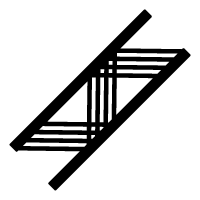
OWO FORO ADOBE: Its English translation is “Snake climbing the raffia tree” which means a symbol of Steadfastness, Prudence and Diligence. Because of its thorns, the raffia tree is a very dangerous challenge to the snake. Its ability to climb it is a model of persistence and prudence.

ANANSE NTONTAN: Its English translation is “Spider’s Web” which means a symbol of Wisdom, Creativity and the complexities of life Ananse, the spider, is a well-known character in African folktales.
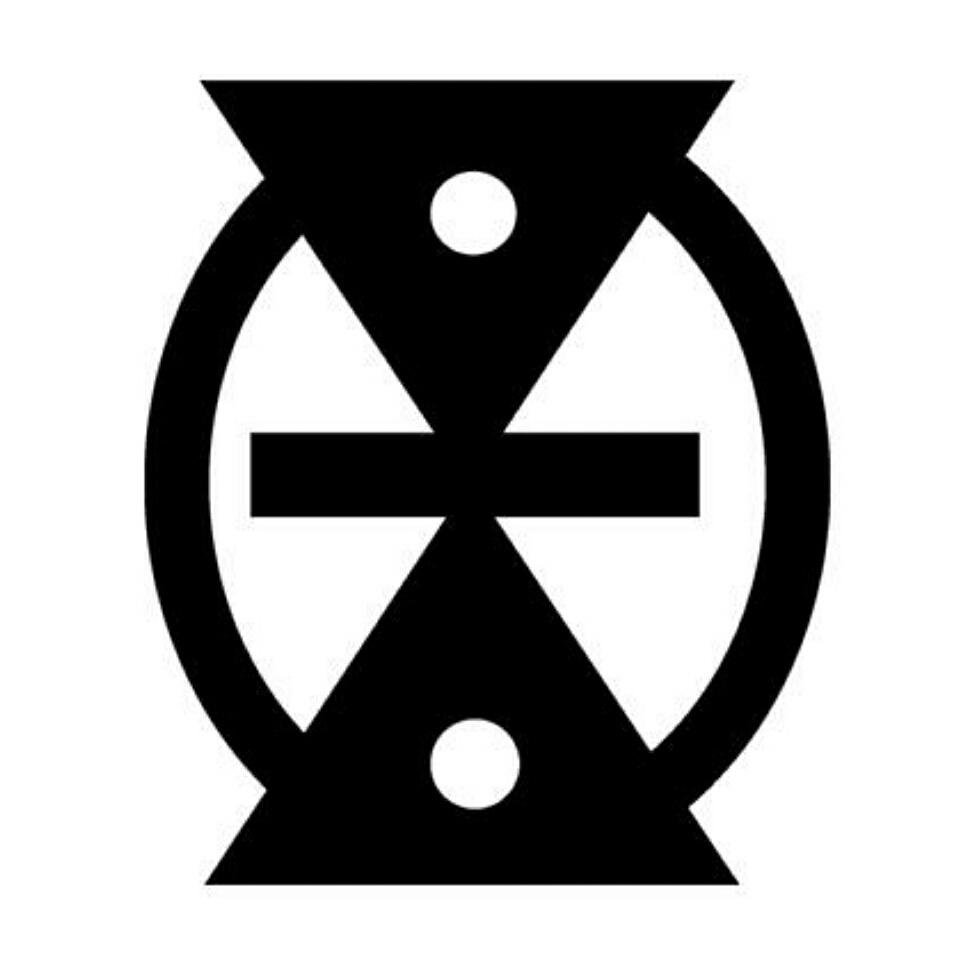
MMERE DANE: Its English translation is “Time Changes“ which means a symbol of change, life’s dynamics.
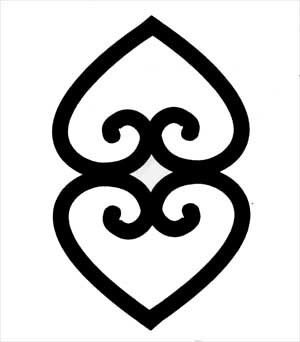
ASASE YE DURU: Its English translation is “The Earth has Weight” which means a symbol of providence and the divinity of Mother Earth. This symbol represents the importance of the Earth in sustaining life.

EBAN: Its English translation is “Fence” which means a symbol of Love, Safety and Security. The fence symbolically separates and secures the family from the outside.

HYE WON HYE: Its English translation is “That which does not burn” which means a symbol of Imperishability and Endurance. This symbol gets its meaning from traditional priests that were able to walk on fire without burning their feet, an inspiration to others to endure and overcome difficulties.

